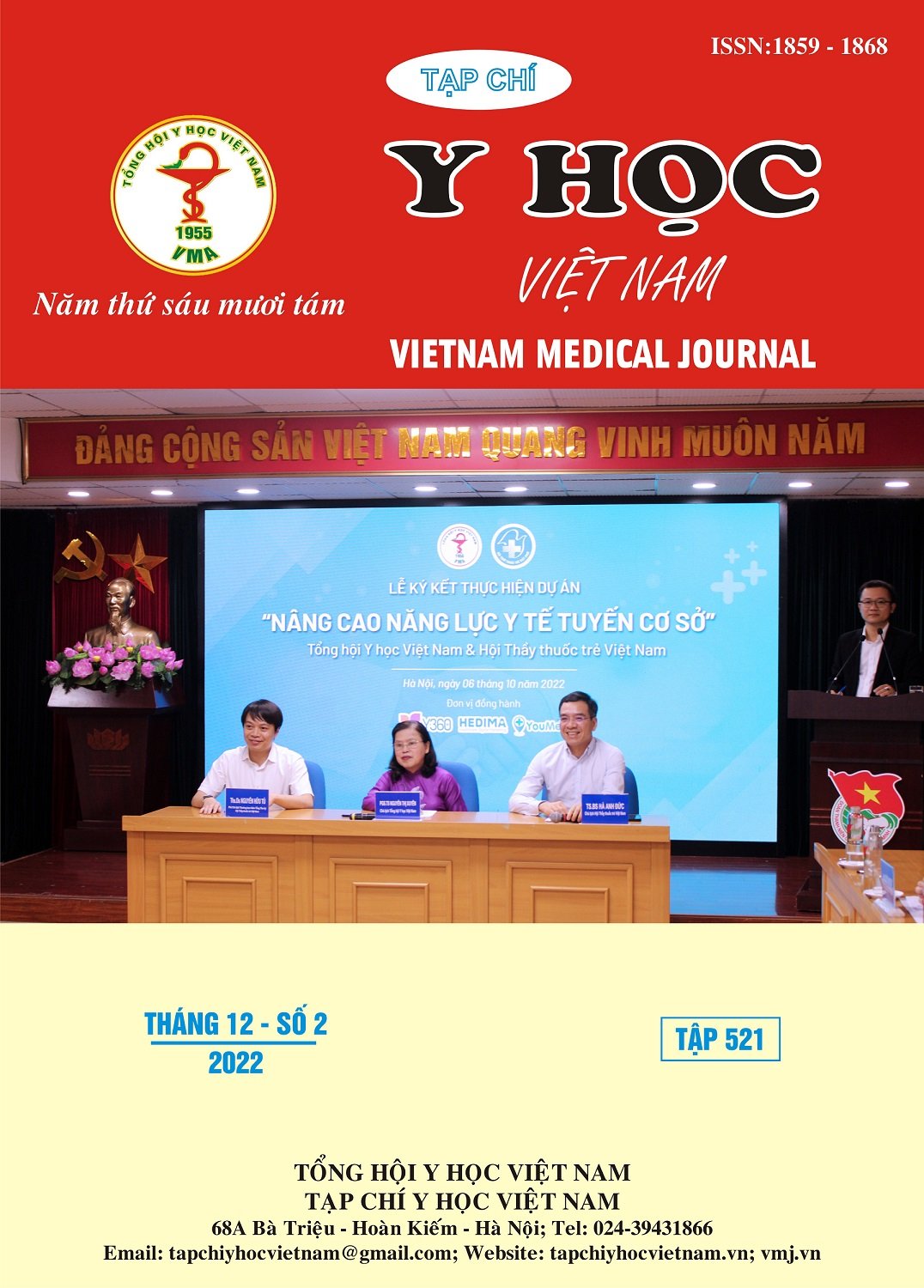THE ROLE OF MASTOIDECTOMY IN TREATMENT OF TUBOTYMPANIC CHRONIC OTITIS MEDIA: A REVIEW
Main Article Content
Abstract
Objective: Study the role of simple mastoidectomy in treatment of tubotympanic chronic otitis media. Study design: Scoping review. Method: A systematic search was conducted using the PubMed, Cochrane databases up to June 2022. The literature was screened on mastoidectomy in treatment of tubotympanic chronic otitis media, examining the success of tympanic membrane repair and indication of mastoidectomy. Result: Twenty articles were reviewed examining surgical outcomes for patients with tubotympanic chronic otitis media. There was 8 prospective randomized trials (RCT), 10 retrospective studies and 2 case-series. There are 17 studies comparing outcome of tympanomastoidectomy and tympanoplasty alone, in which 94% has P-value>0,05. 45% of the studies are agree with mastoidectomy indication for chronic otitis media mucosal type, there are 1 RCT with level of evidence grade 2b and 8 study grade 4. 55% of the studies are not agree with mastoidectomy for indication, in which, there are 7 RCTs grade 1b and 4 grade 4 studies. Conclusion: Concomitant mastoidectomy for tubotympanic chronic otitis media does improve outcome of tympanoplasty. Mastoidectomy is maybe helpful cases of unhealthy midle ear mucosa, MRSA infected chronic otitis media and hidden formation in the mastoid. Consider risk, cost and value when indicate mastoidectomy for tubotympanic chronic suppurative otitis media.
Article Details
References
2. Martin J Burton. Eviden-based Medicine. In: Evidence Base Otitis Media. BS Decker inc Hamilton; 2003:4.
3. Sharma A, Baisakhiya N, Garg LN, Singh G. Evaluation of Role of Mastoid Surgery in the Management of Safe Chronic Suppurative Otitis Media. Indian J Otolaryngol Head Neck Surg. 2016;68(4):434-440. doi:10.1007/s12070-015-0921-9
4. Holmquist J, Bergström B. The mastoid air cell system in ear surgery. Arch Otolaryngol Chic Ill 1960. 1978;104(3):127-129. doi:10.1001/ archotol.1978.00790030013003
5. Albu S, Trabalzini F, Amadori M. Usefulness of Cortical Mastoidectomy in Myringoplasty. Otol Neurotol. 2012;33(4):604-609. doi:10.1097/ MAO.0b013e31825368f2
6. Toros SZ, Habesoglu TE, Habesoglu M, et al. Do patients with sclerotic mastoids require aeration to improve success of tympanoplasty? Acta Otolaryngol (Stockh). 2010;130(8):909-912. doi:10.3109/00016480903559731
7. Dündar R, Kulduk E, Soy FK, Yazıcı H, Sakarya EU, Özbay C. Necessity of mastoidectomy in patients with chronic otitis media having sclerotic mastoid bone: a retrospective clinical study. Kulak Burun Bogaz Ihtis Derg KBB J Ear Nose Throat. 2015;25(3):152-157. doi:10.5606/kbbihtisas.2015.04820
8. Mishiro Y, Sakagami M, Takahashi Y, Kitahara T, Kajikawa H, Kubo T. Tympanoplasty with and without mastoidectomy for non-cholesteatomatous chronic otitis media. Eur Arch Otorhinolaryngol. 2001;258(1):13-15. doi:10.1007/PL00007516


